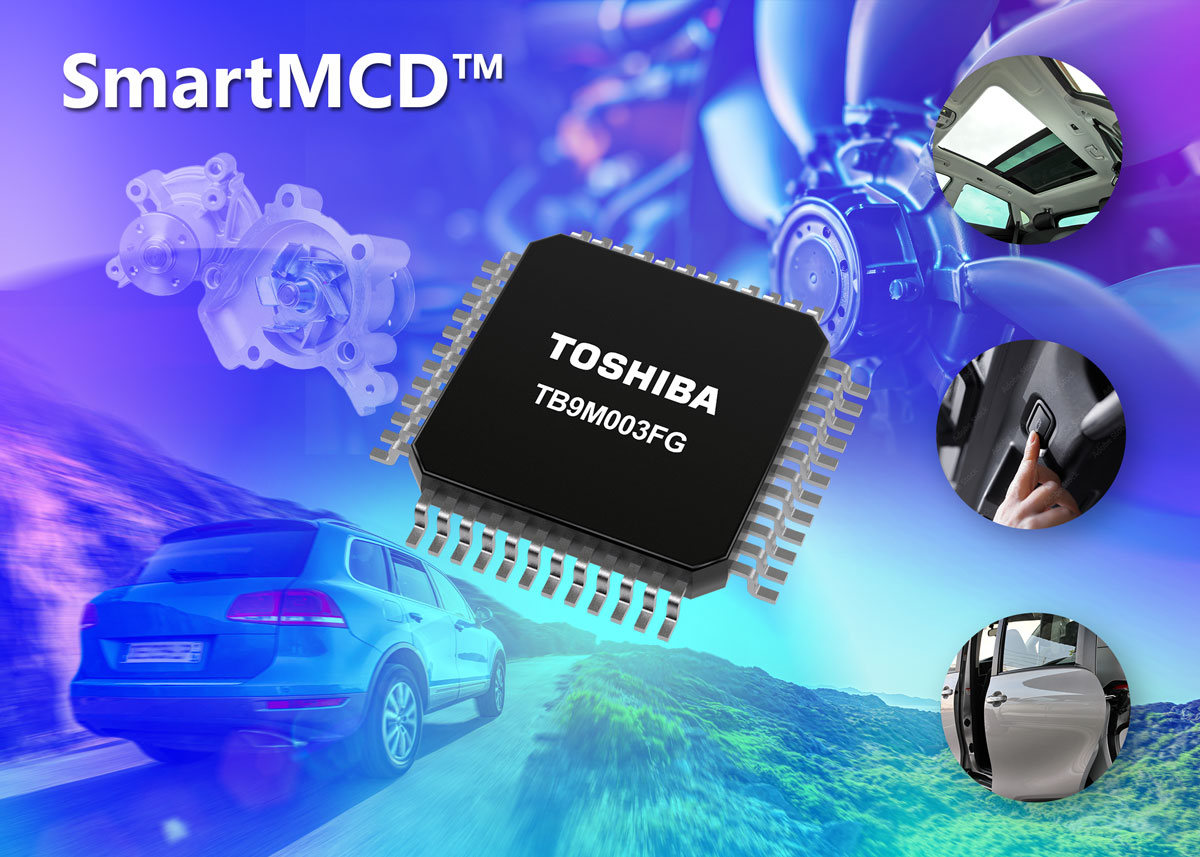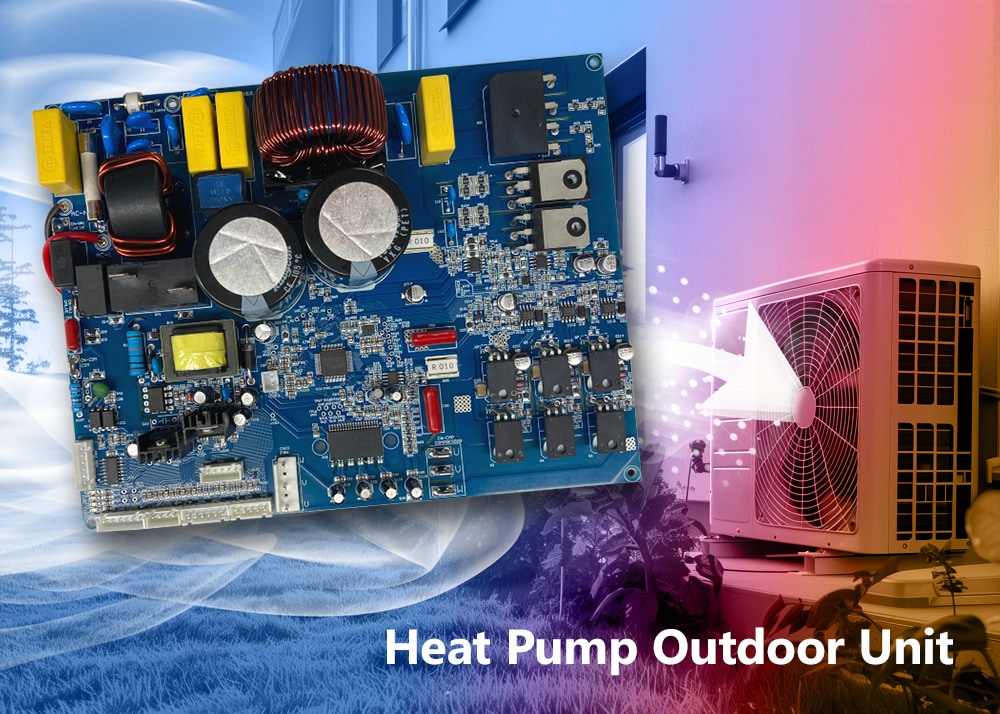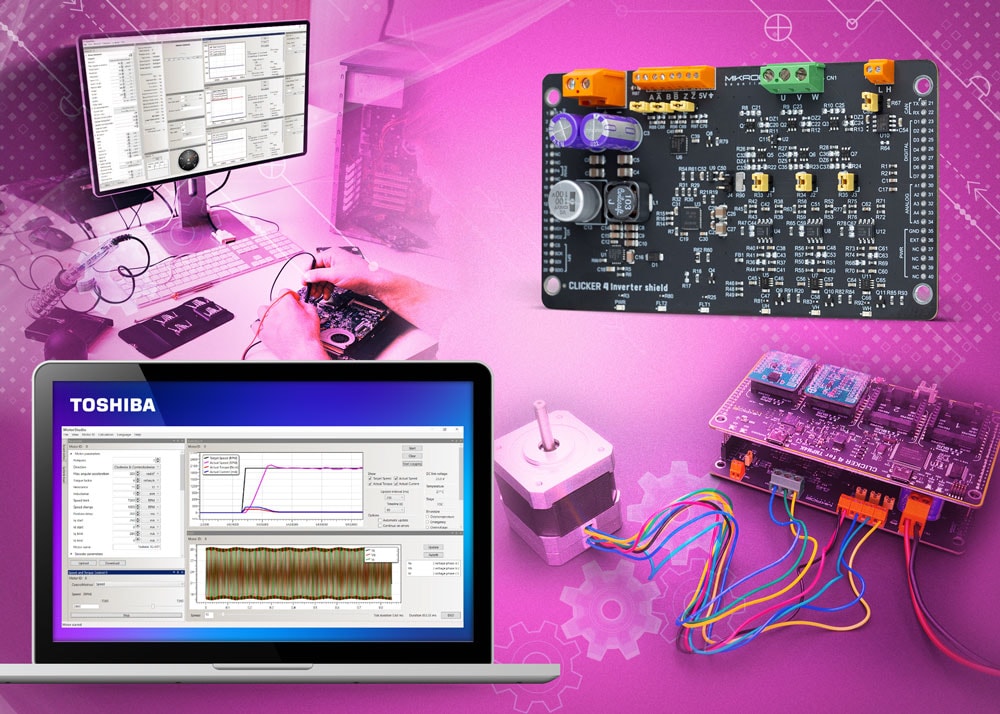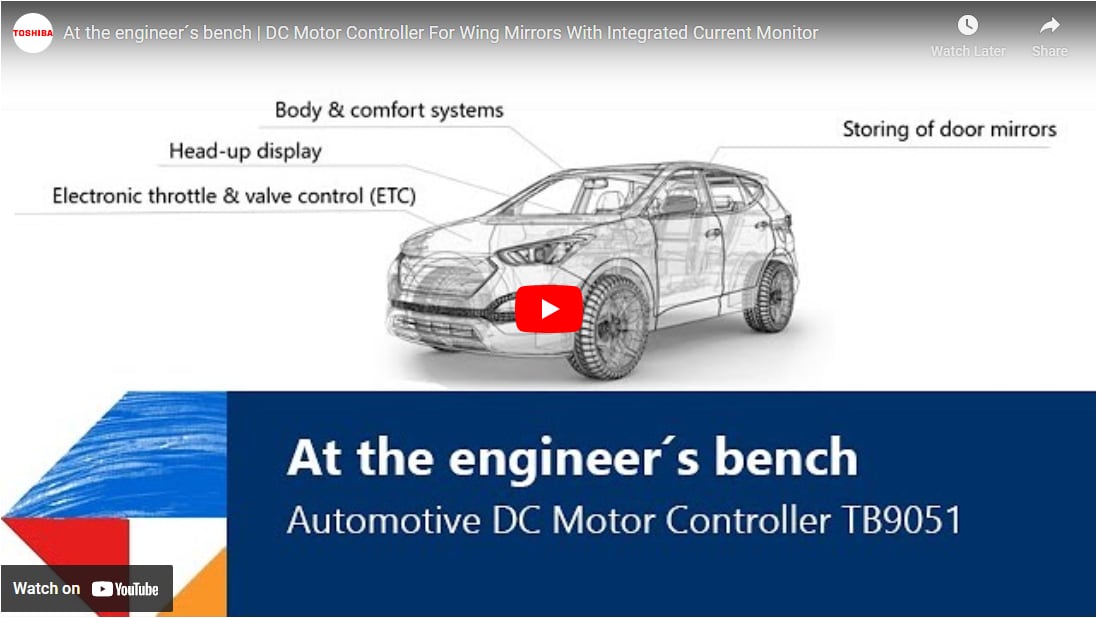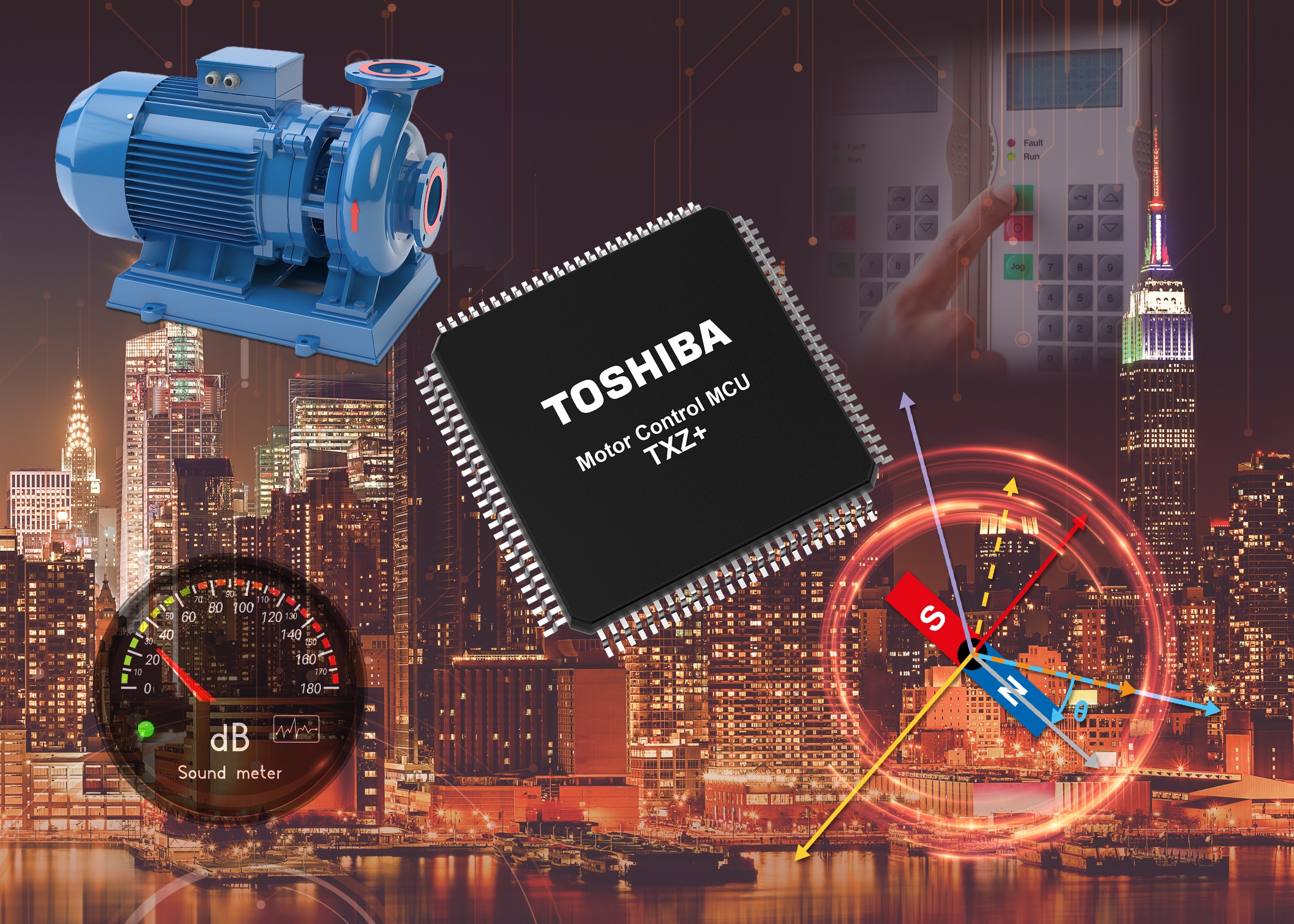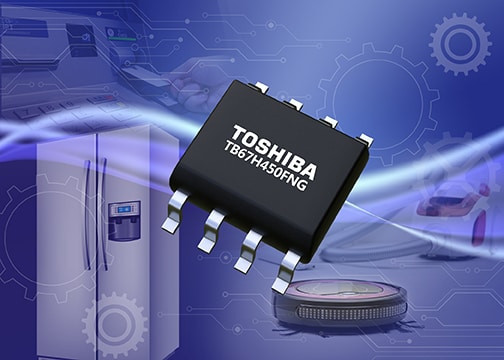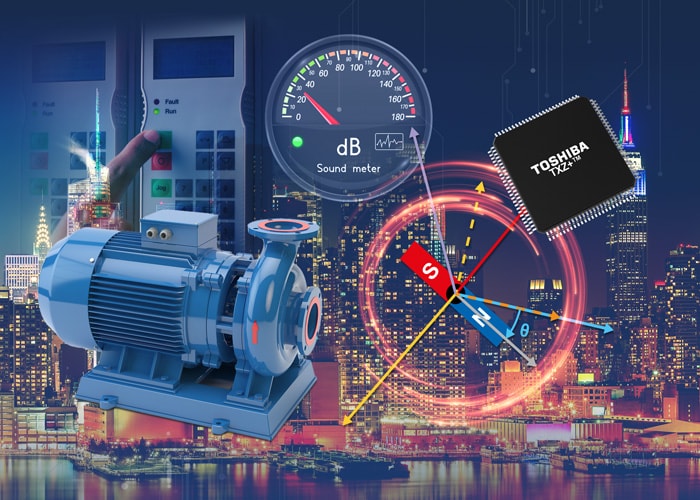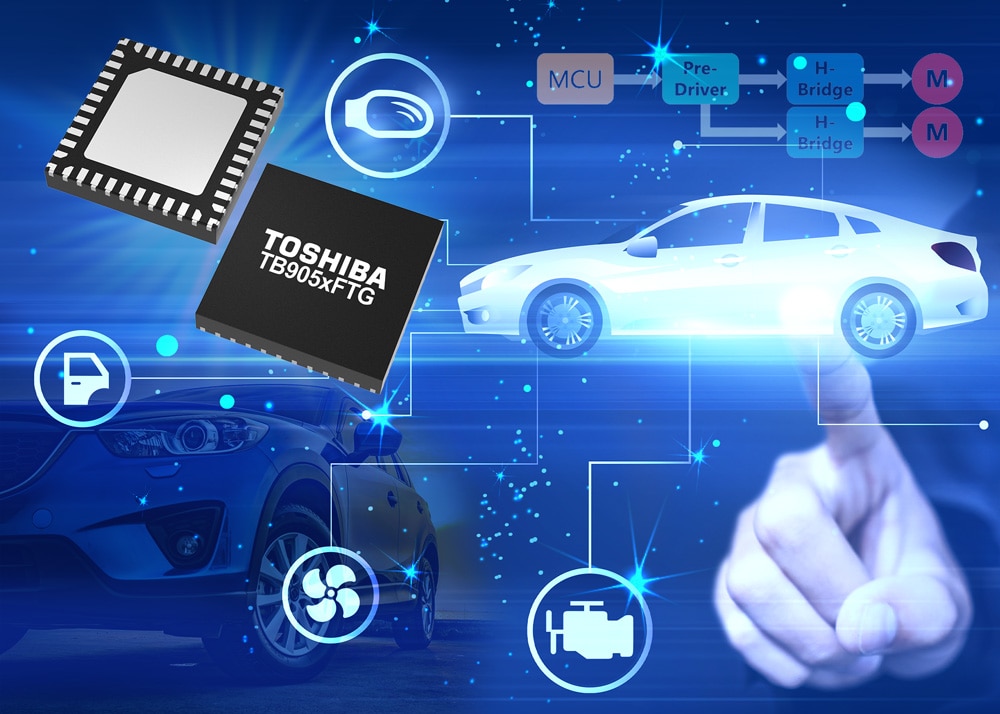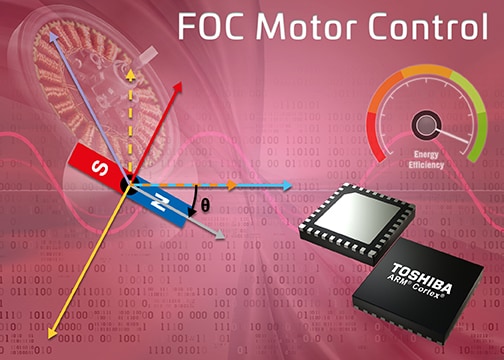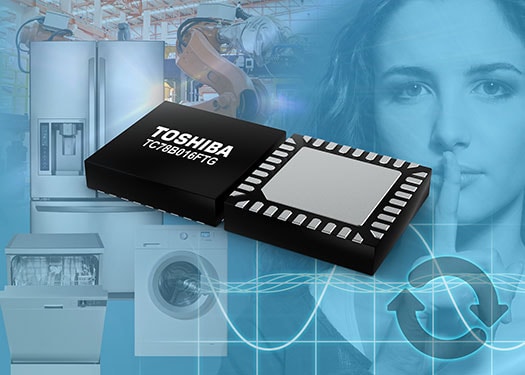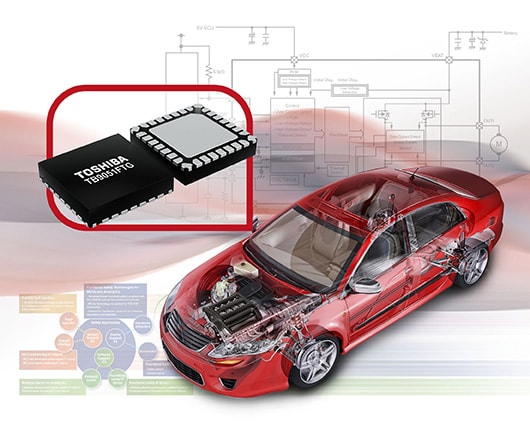- General Top
- SEMICONDUCTOR
- STORAGE
- COMPANY
-
My ToshibaSemicon
- Semiconductor Top
-
ApplicationsAutomotive
Body Electronics
xEV
In-Vehicle Infotainment
Advanced Driver-Assistance Systems (ADAS)
Chassis
IndustrialInfrastructure
BEMS/HEMS
Factory Automation
Commercial Equipment
Consumer/PersonalIoT Equipment
Healthcare
Wearable Device
Mobile
Computer Peripherals
-
ProductsAutomotive Devices
Discrete Semiconductor
Diodes
Transistors
Logic ICs
Analog Devices
Digital Devices
Wireless Devices
※
: Products list (parametric search)
Power SemiconductorsSiC Power Devices
※
: Products list (parametric search)
Isolators/Solid State RelaysPhotocouplers
Digital Isolators
Solid State Relays
Fiber Optic Transmitting Modules
※
: Products list (parametric search)
MOSFETsIGBTs/IEGTsBipolar Transistors※
: Products list (parametric search)
Diodes※
: Products list (parametric search)
MicrocontrollersMotor Driver ICsIntelligent Power ICs※
: Products list (parametric search)
Power Management ICsLinear ICs※
: Products list (parametric search)
General Purpose Logic ICsLinear Image SensorsOther Product ICsOther Product ICs
※
: Products list (parametric search)
-
Design & Development
Design & Development
Innovation Centre
At the Toshiba Innovation Centre we constantly strive to inspire you with our technologies and solutions. Discover how to place us at the heart of your innovations.
-
Knowledge
Knowledge
Highlighted Topics
Further Materials
Other
- Where To Buy
- Part Number & Keyword Search
- Cross Reference Search
- Parametric Search
- Stock Check & Purchase
This webpage doesn't work with Internet Explorer. Please use the latest version of Google Chrome, Microsoft Edge, Mozilla Firefox or Safari.
require 3 characters or more. Search for multiple part numbers fromhere.
The information presented in this cross reference is based on TOSHIBA's selection criteria and should be treated as a suggestion only. Please carefully review the latest versions of all relevant information on the TOSHIBA products, including without limitation data sheets and validate all operating parameters of the TOSHIBA products to ensure that the suggested TOSHIBA products are truly compatible with your design and application.Please note that this cross reference is based on TOSHIBA's estimate of compatibility with other manufacturers' products, based on other manufacturers' published data, at the time the data was collected.TOSHIBA is not responsible for any incorrect or incomplete information. Information is subject to change at any time without notice.
require 3 characters or more.
The continuing story of H-bridge motor driving

The H-bridge driver has been around for a long time. It presents engineers with a relatively simple way of delivering bidirectional motor control, with the direction of the motor’s rotation being changed by just swapping the polarity of the supply applied to it. The advent of fully integrated versions brought greater convenience than with the early discrete arrangements. Through the 1970s and 1980s these ICs grew in popularity. They were used in huge numbers to drive the capstans of audio cassette recorders, as well as the front loading mechanisms of video tape recorders - with the 20 V rated Toshiba TA7291 H-bridge driver being sold in huge quantities over this period specifically for such purposes. Then, during the 1990s it would be pivotal to CD player designs, enabling the disk tray to move in and out of the machine. Even today, it remains revered by much of the international maker fraternity.
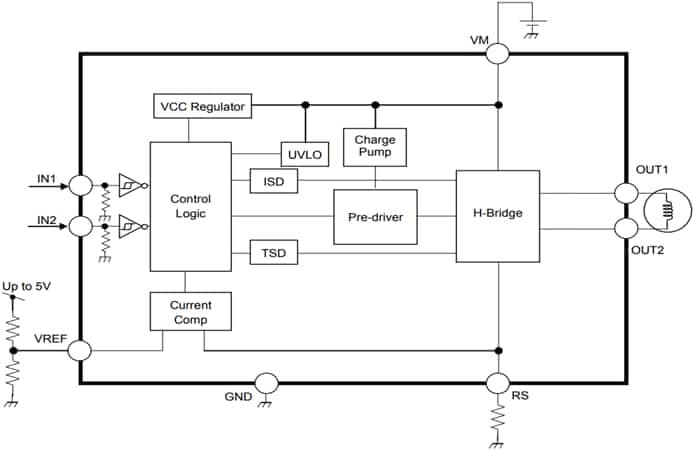
As the needs of the electronics industry have evolved, so has the driver technology that supports it. The TA7291 has now been supplanted by the TB67H450FNG driver IC. This device employs Toshiba's proprietary high-voltage BiCD process, which allows an output voltage of up to 50 V to be supported and delivery of currents reaching 3.5 A. Additional functionality has been included, such as the necessary pre-driver stages, in order to keep the total system component count down and minimize the coding overhead. It does all this while still taking up considerably less board real estate than its predecessor, being housed in a compact 8-pin SOP package format. Under-voltage lock-out, thermal shutdown and over-current protection mechanisms are all included to ensure ongoing operational reliability. Among the applications in which it proves popular are printers, household appliances and robotic systems, being used to control stepper motors and in some cases BLDCs.
A white paper on the principles of H-bridge motor control has been published by Toshiba. It can be downloaded below:


